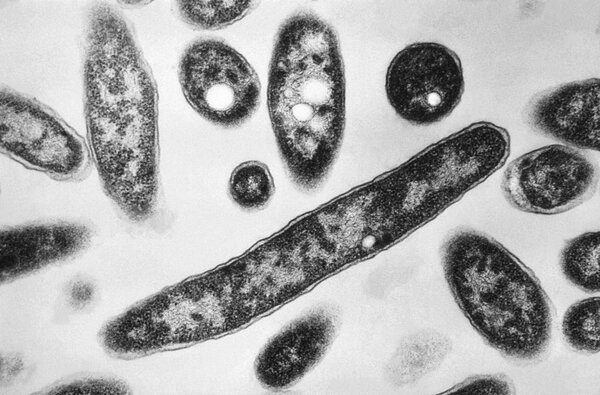Legionnaires’ Disease: Causes, Symptoms, and Recent Outbreaks

Introduction
Legionnaires’ disease is a serious form of pneumonia caused by the Legionella bacteria. Recognized for its potential to cause outbreaks in communal settings, the illness poses significant public health concerns. The relevance of understanding Legionnaires’ disease has increased, particularly as municipalities contend with water systems that can give rise to infections, leading to serious health implications.
What is Legionnaires’ Disease?
The bacteria primarily thrive in warm water environments, such as hot tubs, cooling towers, and large plumbing systems. Individuals can contract this disease by inhaling aerosolized water containing the bacteria, or through aspiration of contaminated water.
Symptoms
Symptoms of Legionnaires’ disease typically develop 2 to 14 days after exposure and can be severe. Common symptoms include:
- Respiratory symptoms like cough and shortness of breath
- High fever and chills
- Muscle aches and headaches
- Fatigue and loss of appetite
Diagnosis generally involves laboratory tests on sputum samples or blood tests to detect the bacteria.
Recent Outbreaks and Public Health Response
Recent reports have highlighted troubling outbreaks of Legionnaires’ disease across various regions in Canada. In August 2023, a notable outbreak in Ontario resulted in several hospitalizations, prompting local health authorities to conduct investigations into the sources of infection. Environmental assessments of buildings, particularly those with cooling systems, were conducted to mitigate further cases.
Municipalities have begun updating their water management systems to ensure safer environments. For example, the City of Toronto has initiated stricter regulations for the maintenance of cooling towers, aiming to enhance water quality and reduce risks. Public education campaigns are also underway to inform residents about the risks and prevention methods associated with Legionella contamination.
Conclusion
Legionnaires’ disease remains an important public health issue, particularly as urban environments grow increasingly complex. As more outbreaks arise, it is critical for health authorities to prioritize effective monitoring and control strategies. For readers, understanding Legionnaires’ disease is vital not only to recognize symptoms but also to advocate for safer communal water systems. Awareness and timely action can help prevent future outbreaks and protect public health.


